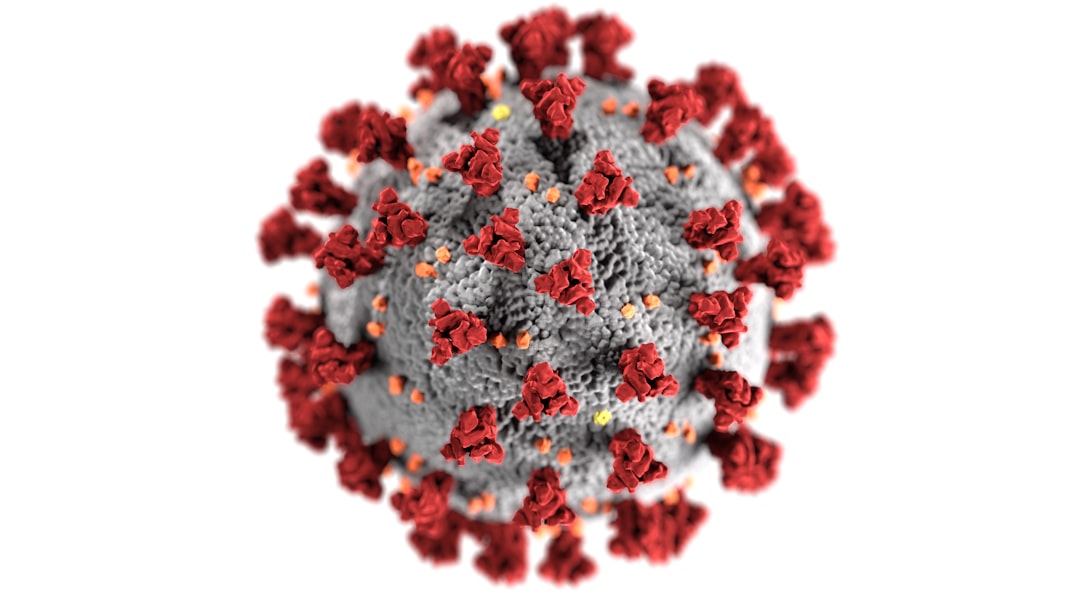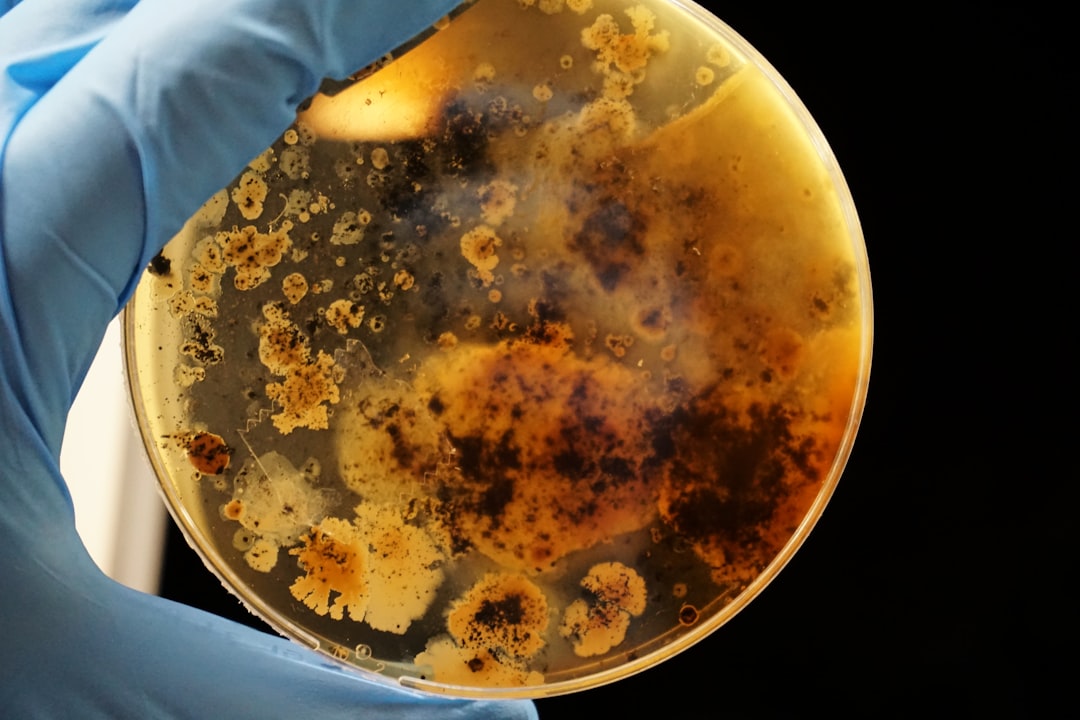What is it about?
It has been known for a long time that filamentous actin is a chemical motor; the energy released upon synthesis and breakdown of F-actin is used by the cell to do work like pushing and pulling the membrane. We measured this work indirectly by monitoring the change in membrane force at the tip of an F-actin filled membrane nanotube formed from a living cell.
Featured Image
Why is it important?
Our demonstration that dynamical force measurements at the edge of cells reveals chemical characteristics of the bonds is an important contribution to this field.
Perspectives
The functional and dynamic activity of the plasma membrane is revealed by temporal variation of experimentally measured parameters. For example, changes in flux through ion-channels is observed by measuring ionic currents; displacement currents reveal movement of voltage sensors; the diffusivity of membrane components is measured upon tracking them with targeted fluorescent probes. Here we measure the change in membrane force arising from work done by chemical motors in the cytoskeleton at the plasma membrane, and show that this force reveals functional information on the remodeling networks within the cytoplasm at the membrane. In our assay we use optical tweezers to monitor the magnitude and time course of the membrane force at the tip of an F-actin filled membrane tube where the geometry (radius: 100-200 nm, axial length: 10 to 20 µm) limits the area of the probed network and isolates it spatially from the soma. We describe one transient observed within the force signal –a sawtooth- and reasoned that it arose from de-polymerization and polymerization of F-actin that occurred at the tip of this protrusion. We estimate the on- and off-rates of monomeric actin, the number of working filaments and the force per filament from the magnitude and time course of the membrane force. If our reasoning is correct then this was the first time these parameters were determined in a living cell. This signature transient has since been reported by others upon monitoring the membrane force at tips of filopodia.
Brenda Farrell
Baylor College of Medicine
Read the Original
This page is a summary of: Measuring forces at the leading edge: a force assay for cell motility, Integrative Biology, January 2013, Oxford University Press (OUP),
DOI: 10.1039/c2ib20097j.
You can read the full text:
Contributors
The following have contributed to this page










